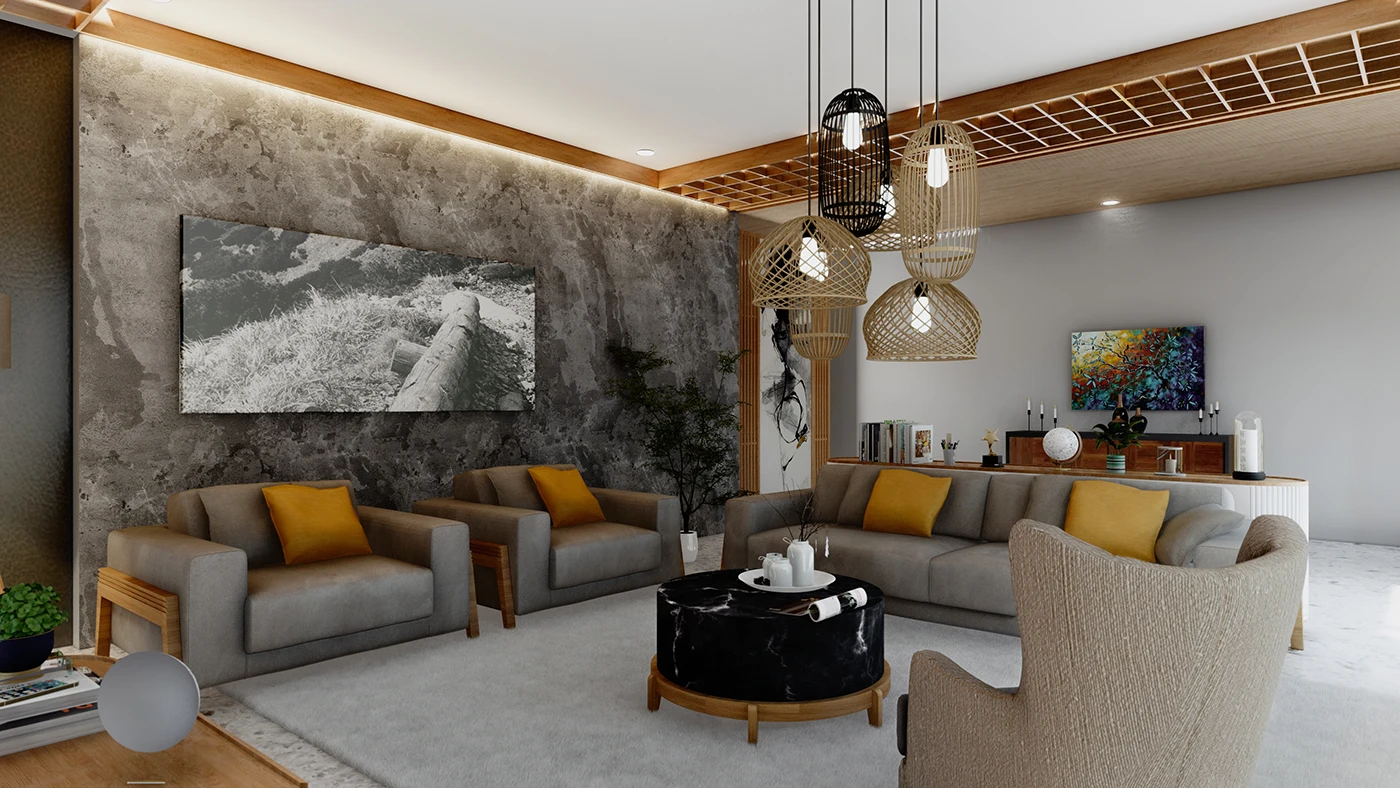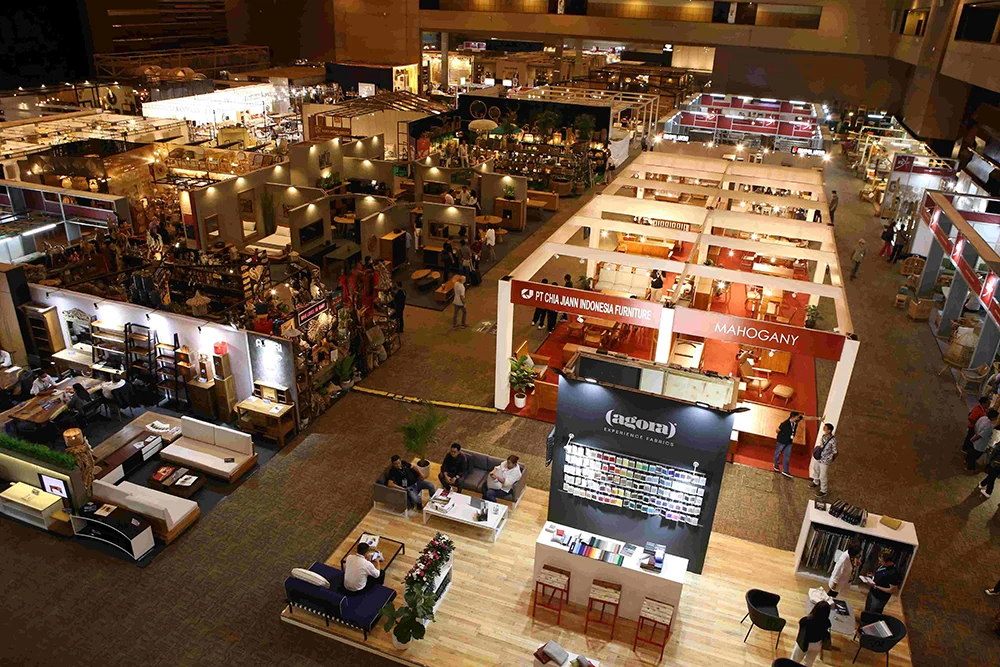Exploring the Exquisite Craftsmanship of Indonesia Furniture
Indonesia has long been renowned for its rich cultural heritage, stunning natural landscapes, and vibrant traditions. Among its many treasures, Indonesia’s furniture industry stands out as a testament to the nation’s exceptional craftsmanship and artistic prowess. From intricately carved teakwood pieces to contemporary designs that blend tradition with modernity, Indonesia furniture holds a special place in the global market. This article delves into the world of Indonesia furniture, highlighting its history, craftsmanship, materials, and unique designs that have captivated furniture enthusiasts worldwide.
A Glimpse into Indonesia’s Furniture Heritage
The history of Indonesia’s furniture industry dates back centuries, with the nation’s skilled artisans using locally sourced materials to create pieces that reflect their cultural heritage. The archipelago’s diverse cultural influences, including Javanese, Balinese, and Sumatran traditions, have contributed to a wide array of furniture styles, each with its own unique charm.
Wood has been a central material in Indonesia’s furniture-making tradition, with teakwood being a particular favorite due to its durability and resistance to decay. The art of carving intricate designs onto wooden surfaces has been perfected over generations, resulting in furniture pieces that are not only functional but also works of art.
Craftsmanship and Artistry
At the heart of Indonesia’s furniture industry is the unparalleled craftsmanship and dedication of its artisans. These skilled individuals meticulously transform raw materials into breathtaking furniture pieces that tell stories of culture, history, and creativity. From hand-carved motifs that depict nature’s beauty to delicate inlays that showcase the intricacies of Indonesian design, each piece of furniture carries the mark of its maker’s passion and expertise.
One of the most distinctive features of Indonesia furniture is the intricate carving that adorns many of its pieces. Artisans often draw inspiration from the natural world, incorporating elements such as leaves, flowers, and animals into their designs. The level of detail achieved through these carvings is a testament to the patience and skill of the craftsmen.
Materials and Sustainability
Indonesia’s furniture industry places a strong emphasis on sustainable practices and responsible sourcing of materials. Teakwood, a highly sought-after timber known for its strength and resistance to outdoor elements, is a staple in Indonesia furniture production. Many manufacturers prioritize using teakwood from well-managed plantations, ensuring a steady supply while safeguarding the environment.
Additionally, rattan and bamboo are frequently used materials, particularly in the creation of outdoor furniture and decorative pieces. These renewable resources not only add an exotic touch to Indonesia furniture but also contribute to the industry’s commitment to eco-friendly production methods.
https://wongso.my.id/en/australia-web-design/
Diverse Range of Designs
Indonesia furniture encompasses a wide range of designs that cater to various tastes and preferences. Traditional styles often feature ornate carvings, intricate detailing, and earthy tones, paying homage to the country’s cultural heritage. These pieces can transport one to the ancient palaces and temples of Indonesia, evoking a sense of history and grandeur.
In recent years, Indonesia’s furniture industry has also embraced contemporary designs that blend modern aesthetics with traditional craftsmanship. This fusion has resulted in pieces that effortlessly fit into a wide array of interior styles, from rustic and bohemian to minimalist and industrial.
Global Impact and Market Reach
The allure of Indonesia furniture has transcended borders, making its mark on the global stage. With a reputation for exceptional quality and unique design, Indonesian furniture has found its way into homes, hotels, and establishments around the world. The growing appreciation for handcrafted, authentic pieces has led to increased demand for Indonesia’s furniture offerings.
Moreover, the nation’s furniture exports contribute significantly to its economy. Countries across Asia, Europe, and North America are among the top importers of Indonesian furniture, highlighting the industry’s global appeal and influence.
Preserving Tradition in the Modern Era
While Indonesia’s furniture industry embraces innovation and modernity, it remains deeply rooted in its cultural traditions. Artisans continue to pass down their knowledge and skills from one generation to the next, ensuring that the legacy of Indonesian craftsmanship endures. Many workshops and studios collaborate with local communities, providing training and employment opportunities that support both the artistry and the livelihoods of these skilled artisans.
Challenges and Opportunities
Despite its successes, Indonesia’s furniture industry also faces challenges, including competition from mass-produced furniture and fluctuating market demands. However, these challenges have spurred the industry to adapt and innovate, resulting in the exploration of new design trends, sustainable practices, and market diversification.
The rise of e-commerce and digital platforms has opened up new avenues for reaching global customers directly, allowing even smaller producers to showcase their exceptional craftsmanship to a wider audience.
Conclusion
Indonesia furniture stands as a testament to the nation’s rich cultural heritage, unwavering craftsmanship, and commitment to sustainability. From its traditional roots to its contemporary designs, Indonesian furniture captivates the world with its intricate carvings, sustainable materials, and diverse range of styles. As this industry continues to evolve, it remains a shining example of how tradition and innovation can harmoniously coexist, creating pieces that are not only functional but also imbued with the spirit of Indonesia.








